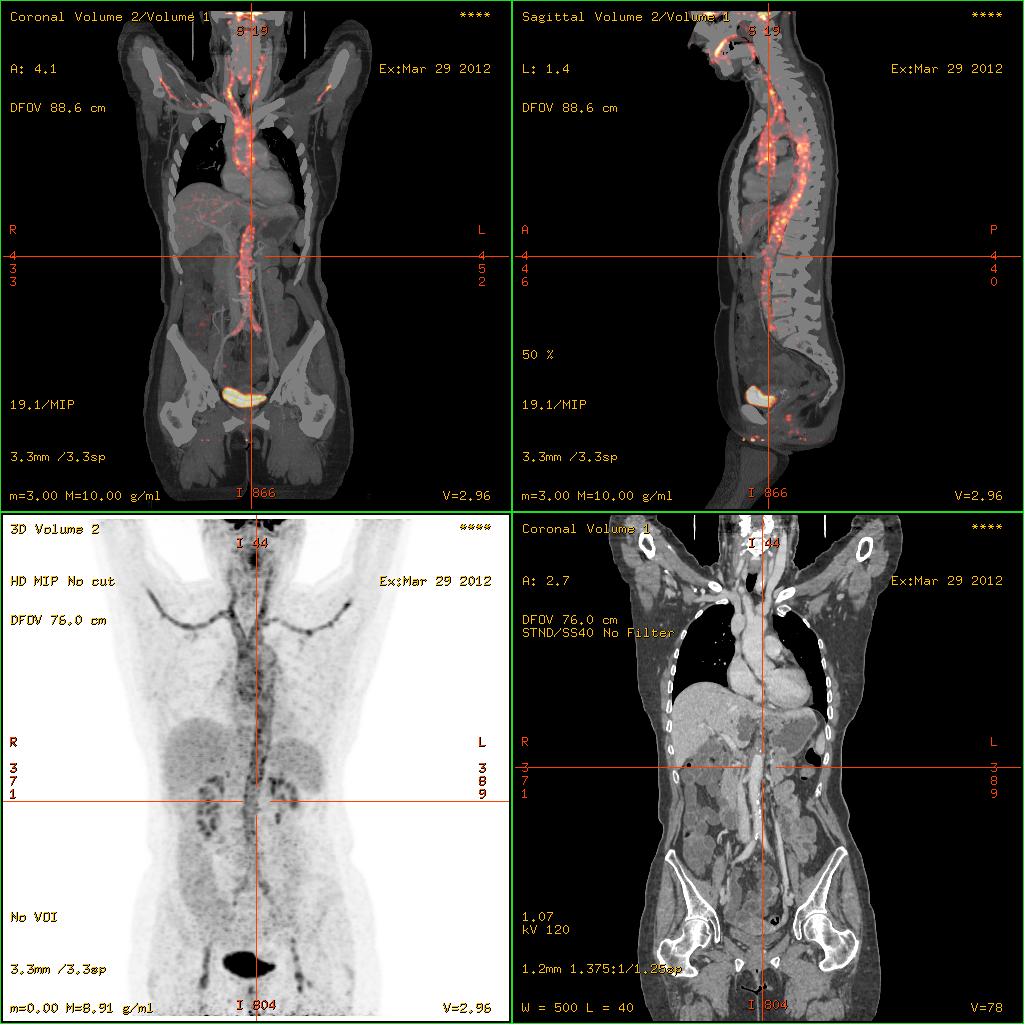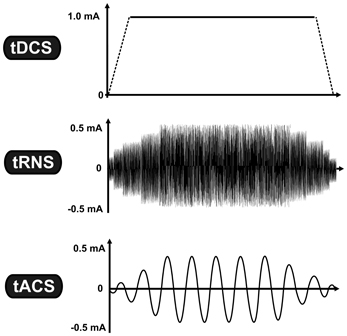|
Cerebellar Ataxia
Cerebellar ataxia is a form of ataxia originating in the cerebellum. Non-progressive congenital ataxia (NPCA) is a classical presentation of cerebral ataxias. Cerebellar ataxia can occur as a result of many diseases and may present with symptoms of an inability to coordinate balance, gait, extremity and eye movements. Lesions to the cerebellum can cause dyssynergia, dysmetria, dysdiadochokinesia, dysarthria and ataxia of stance and gait. Deficits are observed with movements on the same side of the body as the lesion (ipsilateral). Clinicians often use visual observation of people performing motor tasks in order to look for signs of ataxia. Signs and symptoms Damage to the cerebellum causes impairment in motor skills and can cause nystagmus. Almost a third of people with isolated, late onset cerebellar ataxia go on to develop multiple system atrophy. The cerebellum's role has been observed as not purely motor. It is combined with intellect, emotion and planning. Cerebellar de ... [...More Info...] [...Related Items...] OR: [Wikipedia] [Google] [Baidu] |
Neurology
Neurology (from , "string, nerve" and the suffix wikt:-logia, -logia, "study of") is the branch of specialty (medicine) , medicine dealing with the diagnosis and treatment of all categories of conditions and disease involving the nervous system, which comprises the Human brain, brain, the spinal cord and the peripheral nervous system , peripheral nerves. Neurological practice relies heavily on the field of neuroscience, the scientific study of the nervous system, using various techniques of neurotherapy. IEEE Brain (2019). "Neurotherapy: Treating Disorders by Retraining the Brain". ''The Future Neural Therapeutics White Paper''. Retrieved 23.01.2025 from: https://brain.ieee.org/topics/neurotherapy-treating-disorders-by-retraining-the-brain/#:~:text=Neurotherapy%20trains%20a%20patient's%20brain,wave%20activity%20through%20positive%20reinforcement International Neuromodulation Society, Retrieved 23 January 2025 from: https://www.neuromodulation.com/ Val Danilov I (2023). "The O ... [...More Info...] [...Related Items...] OR: [Wikipedia] [Google] [Baidu] |
Vasculitis
Vasculitis is a group of disorders that destroy blood vessels by inflammation. Both artery, arteries and veins are affected. Lymphangitis (inflammation of lymphatic vessels) is sometimes considered a type of vasculitis. Vasculitis is primarily caused by white blood cell, leukocyte migration and resultant damage. Although both occur in vasculitis, inflammation of veins (phlebitis) or arteries (arteritis) on their own are separate entities. Signs and symptoms The clinical presentation of the various vasculitides on the skin and internal organs is mostly determined by the diameter or size of the vessels mainly affected. Non-specific symptoms are common and include fever, headache, fatigue, myalgia, weight loss, and arthralgia. All forms of vasculitis, even large vessel vasculitides, may cause skin manifestations. The most common skin manifestations include purpura, Nodule (dermatology), nodules, livedo reticularis, Ulcer (dermatology), skin ulcers, and purpuric Hives, urticaria. ... [...More Info...] [...Related Items...] OR: [Wikipedia] [Google] [Baidu] |
Sensory Ataxia
Sensory ataxia is both a symptom and a sign in neurology. It is a form of ataxia (loss of coordination) caused not by cerebellar dysfunction but by loss of sensory input into the control of movement. Sensory ataxia is distinguished from cerebellar ataxia by the presence of near-normal coordination when the movement is visually observed by the patient, but marked worsening of coordination when the eyes are shut, indicating a positive Romberg's sign. Sensory ataxia also lacks the associated features of cerebellar ataxia such as pendular tendon reflexes, scanning dysarthria, nystagmus and broken pursuit eye movements. Patients with sensory ataxia often demonstrate pseudoathetosis and Romberg's sign. They usually complain of loss of balance in the dark, typically when closing their eyes in the shower or removing clothing over the head. __TOC__ Causes Sensory ataxia can be a manifestation of sensory large fiber peripheral neuropathies and conditions causing dysfunction of the dorsal ... [...More Info...] [...Related Items...] OR: [Wikipedia] [Google] [Baidu] |
Autosomal Recessive Cerebellar Ataxia .
It may refer to:
{{SIA ...
Autosomal recessive cerebellar ataxia () describes a heterogeneous group of rare genetic disorders with an autosomal recessive inheritance pattern and a clinical phenotype involving cerebellar ataxia Cerebellar ataxia is a form of ataxia originating in the cerebellum. Non-progressive congenital ataxia (NPCA) is a classical presentation of cerebral ataxias. Cerebellar ataxia can occur as a result of many diseases and may present with symptoms ... [...More Info...] [...Related Items...] OR: [Wikipedia] [Google] [Baidu] |
Transcranial Magnetic Stimulation
Transcranial magnetic stimulation (TMS) is a noninvasive neurostimulation technique in which a changing magnetic field is used to induce an electric current in a targeted area of the brain through electromagnetic induction. A device called a stimulator generates electric pulses that are delivered to a magnetic coil placed against the scalp. The resulting magnetic field penetrates the skull and induces a secondary electric current in the underlying brain tissue, modulating neural activity. Repetitive transcranial magnetic stimulation (rTMS) is a safe, effective, and FDA-approved treatment for major depressive disorder (approved in 2008), chronic pain (2013), and obsessive-compulsive disorder (2018). It has strong evidence for certain neurological and psychiatric conditions—especially depression (with a large effect size), neuropathic pain, and stroke recovery—and emerging advancements like iTBS and image-guided targeting may improve its efficacy and efficiency. A ... [...More Info...] [...Related Items...] OR: [Wikipedia] [Google] [Baidu] |
Transcranial Direct-current Stimulation
Transcranial direct current stimulation (tDCS) is a form of neuromodulation that uses constant, low direct current delivered via electrodes on the head. This type of neurotherapy was originally developed to help patients with brain injuries or neuropsychiatric conditions such as major depressive disorder. It can be contrasted with cranial electrotherapy stimulation, which generally uses alternating current the same way, as well as transcranial magnetic stimulation. Research shows increasing evidence for tDCS as a treatment for depression. There is mixed evidence about whether tDCS is useful for cognitive enhancement in healthy people. There is no strong evidence that tDCS is useful for memory deficits in Parkinson's disease and Alzheimer's disease, non-neuropathic pain, nor for improving arm or leg functioning and muscle strength in people recovering from a stroke. There is emerging supportive evidence for tDCS in the management of schizophreniaespecially for negative symptoms. ... [...More Info...] [...Related Items...] OR: [Wikipedia] [Google] [Baidu] |
Frenkel Exercises
Frenkel exercises are a set of exercises developed by Professor Heinrich Sebastian Frenkel to treat ataxia Ataxia (from Greek α- negative prefix+ -τάξις rder= "lack of order") is a neurological sign consisting of lack of voluntary coordination of muscle movements that can include gait abnormality, speech changes, and abnormalities in e ..., in particular cerebellar ataxia. They are a system of exercises consisting of slow, repeated movements. They increase in difficulty over the time of the program. The patient watches their hand or arm movements (for example) and corrects them as needed. Although the technique is simple, needs virtually no exercise equipment, and can be done on one's own, concentration and some degree of perseverance is required. Research has shown that 20,000 to 30,000 repetitions may be required to produce results. A simple calculation will show that this can be achieved by doing 60 repetitions every hour for six weeks in a 16-hour daily wak ... [...More Info...] [...Related Items...] OR: [Wikipedia] [Google] [Baidu] |
Progressive Supranuclear Palsy
Progressive supranuclear palsy (PSP) is a late-onset neurodegenerative disease involving the gradual deterioration and death of specific volumes of the brain, linked to 4-repeat tau pathology. The condition leads to symptoms including Balance disorder, loss of balance, Hypokinesia, slowing of movement, Ophthalmoparesis, difficulty moving the eyes, and cognitive impairment. PSP may be mistaken for other types of neurodegeneration such as Parkinson's disease, frontotemporal dementia and Alzheimer's disease. It is the second most common tauopathy behind Alzheimer's disease. The cause of the condition is uncertain, but involves the accumulation of tau protein within the brain. Medications such as L-DOPA, levodopa and amantadine may be useful in some cases. PSP was first officially described by Richardson, Steele, and Olszewski in 1963 as a form of progressive parkinsonism. However, the earliest known case presenting clinical features consistent with PSP, along with pathological co ... [...More Info...] [...Related Items...] OR: [Wikipedia] [Google] [Baidu] |
Neurodegenerative Diseases
A neurodegenerative disease is caused by the progressive loss of neurons, in the process known as neurodegeneration. Neuronal damage may also ultimately result in their death. Neurodegenerative diseases include amyotrophic lateral sclerosis, multiple sclerosis, Parkinson's disease, Alzheimer's disease, Huntington's disease, multiple system atrophy, tauopathies, and prion diseases. Neurodegeneration can be found in the brain at many different levels of neuronal circuitry, ranging from molecular to systemic. Because there is no known way to reverse the progressive degeneration of neurons, these diseases are considered to be incurable; however research has shown that the two major contributing factors to neurodegeneration are oxidative stress and inflammation. Biomedical research has revealed many similarities between these diseases at the subcellular level, including atypical protein assemblies (like proteinopathy) and induced cell death. These similarities suggest that thera ... [...More Info...] [...Related Items...] OR: [Wikipedia] [Google] [Baidu] |
Spinocerebellar Ataxia
Spinocerebellar ataxia (SCA) is a progressive, degenerative, genetic disease with multiple types, each of which could be considered a neurological condition in its own right. An estimated 150,000 people in the United States have a diagnosis of spinocerebellar ataxia at any given time. SCA is hereditary, progressive, degenerative, and often fatal. There is no known effective treatment or cure. SCA can affect anyone of any age. The disease is caused by either a recessive or dominant gene. In many cases people are not aware that they carry a relevant gene until they have children who begin to show signs of having the disorder. Currently, research is being conducted at universities, such as the University of Minnesota, to elucidate many of the unknown characteristics of the disease. Signs and symptoms Spinocerebellar ataxia (SCA) is one of a group of genetic disorders characterized by slowly progressive incoordination of gait and is often associated with poor coordination of hand ... [...More Info...] [...Related Items...] OR: [Wikipedia] [Google] [Baidu] |
Multiple Sclerosis
Multiple sclerosis (MS) is an autoimmune disease resulting in damage to myelinthe insulating covers of nerve cellsin the brain and spinal cord. As a demyelinating disease, MS disrupts the nervous system's ability to Action potential, transmit signals, resulting in a range of signs and symptoms, including physical, cognitive disability, mental, and sometimes psychiatric problems. Symptoms include double vision, vision loss, eye pain, muscle weakness, and loss of Sensation (psychology), sensation or coordination. MS takes several forms, with new symptoms either occurring in isolated attacks (relapsing forms) or building up over time (progressive forms). In relapsing forms of MS, symptoms may disappear completely between attacks, although some permanent neurological problems often remain, especially as the disease advances. In progressive forms of MS, bodily function slowly deteriorates once symptoms manifest and will steadily worsen if left untreated. While its cause is unclear, ... [...More Info...] [...Related Items...] OR: [Wikipedia] [Google] [Baidu] |
Purkinje Cells
Purkinje cells or Purkinje neurons, named for Czech physiologist Jan Evangelista Purkyně who identified them in 1837, are a unique type of prominent, large neuron located in the cerebellar cortex of the brain. With their flask-shaped cell bodies, many branching dendrites, and a single long axon, these cells are essential for controlling motor activity. Purkinje cells mainly release GABA (gamma-aminobutyric acid) neurotransmitter, which inhibits some neurons to reduce nerve impulse transmission. Purkinje cells efficiently control and coordinate the body's motor motions through these inhibitory actions. Structure These cells are some of the largest neurons in the human brain ( Betz cells being the largest), with an intricately elaborate dendritic arbor, characterized by a large number of dendritic spines. Purkinje cells are found within the Purkinje layer in the cerebellum. Purkinje cells are aligned like dominos stacked one in front of the other. Their large dendritic ar ... [...More Info...] [...Related Items...] OR: [Wikipedia] [Google] [Baidu] |





